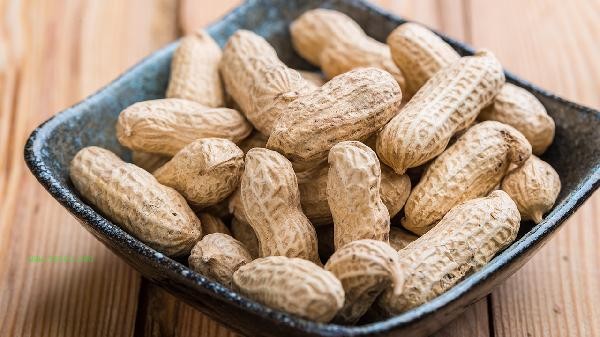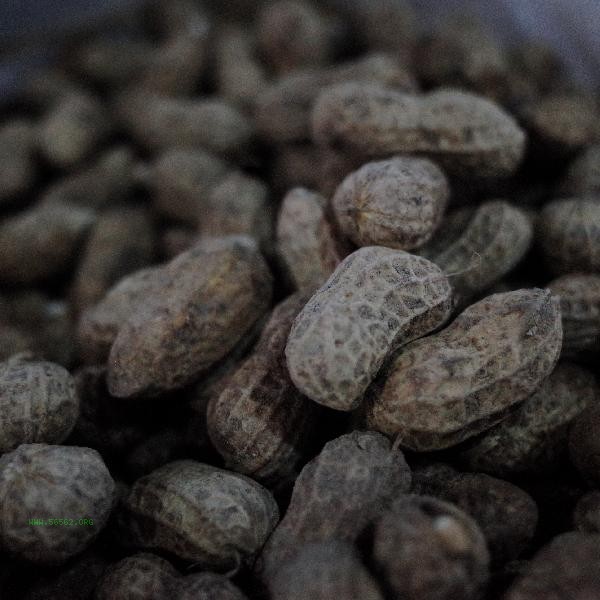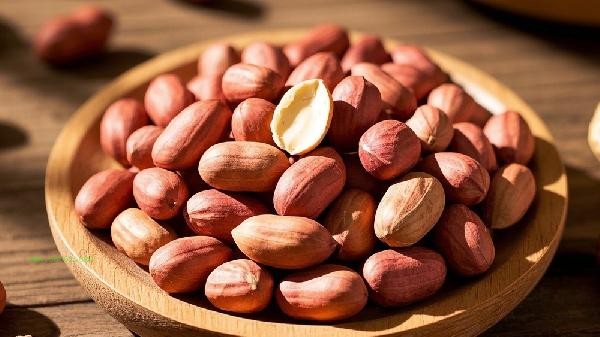The appearance of small black flying insects on peanuts can be treated through physical clearance, biological control, pesticide spraying, soil treatment, environmental management, and other methods. Small black flying insects are usually caused by humid environments, attraction of humus, residual insect eggs, poor ventilation, and plant carrying.

1. Physical clearance
Manual capture of adult insects is the most direct physical clearance method, which can be carried out in the early morning or evening when there is frequent activity of small black flying insects. Hang yellow sticky insect boards around peanut plants and trap them using the yellow tendency of small black flying insects. Regularly rinse the back of the leaves with clean water to reduce the attachment of insect eggs. Physical methods are suitable for use in the early stages of pest infestation or in conjunction with other measures, and have no side effects on plants and the environment.
2. Biological control
Introducing natural enemies of small black flying insects such as ladybugs and sand flies can establish ecological balance. Applying biological agents containing Bacillus thuringiensis in soil can effectively kill larvae. Planting deworming plants such as peppermint and rosemary can form a natural barrier. Biological control has high safety and is suitable for long-term prevention and control, but it requires continuous use to maintain its effectiveness.
3. Chemical spraying
For adults, low toxic insecticides such as imidacloprid and acetamiprid can be selected for spray, focusing on spraying the leaf back and soil surface. The prevention and control of larvae can be treated with thiamethoxam granules mixed with soil or root irrigation. Medications should be rotated to avoid drug resistance, strictly prepared according to the instructions, and avoided during the flowering and fruiting period of peanuts.

4. Soil Treatment
Flipping the soil can eliminate insect eggs and larvae, and the topsoil should be exposed to sunlight for several days. Spraying diatomaceous earth or quicklime can change the soil environment and suppress pests. Soil disinfection can be carried out by irrigating with high-temperature steam or low concentration potassium permanganate solution. The treated soil needs to be supplemented with organic fertilizer to restore microbial community balance.
5. Environmental Management
Control watering frequency to keep the soil moderately dry and prevent waterlogging from breeding pests. Timely clean up fallen leaves and decaying plants to reduce insect sources. Improve the ventilation and light transmission conditions in the planting area, and install insect proof nets for isolation if necessary. Crop rotation of non host crops such as beans, corn, etc. can block the life cycle of pests. The prevention and control of small black flying insects should adhere to the principle of prevention first and comprehensive control. Pay attention to observing the back of peanut leaves and the base of stems in daily life, and promptly deal with pests in the early stage. Thoroughly clean up residual plants in the field and disinfect the soil after harvesting. Reasonable crop rotation can significantly reduce the probability of pest occurrence. Keep the planting environment clean and dry, and avoid using unripe organic fertilizers. When dealing with severe pest infestations, agricultural technicians can be consulted to choose a professional prevention and control plan.









Comments (0)
Leave a Comment
No comments yet
Be the first to share your thoughts!